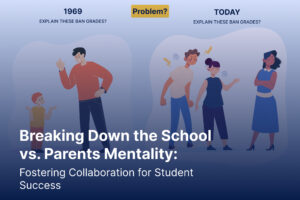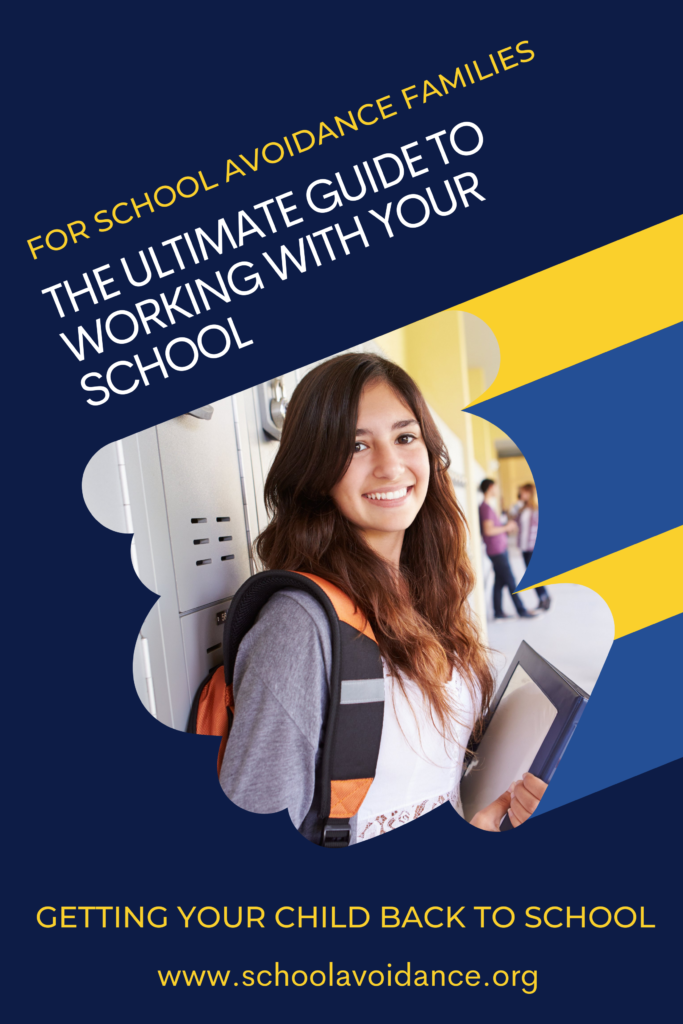Written by John Reilly, the Clinical Director of Thrive Alliance Group, a private mental health resource that provides mental health wellness resources and training to private and public schools.
John’s post was written for schools. But it presents an opportunity for parents to call upon their schools to make this happen.
It looks like we will all be back in school on a full-time basis within the next few months. Many students will be excited about returning. However, students who have struggled with the social and emotional issues that cause school refusal behavior (SRB) will have very different feelings about returning to the classroom.
What school refusal looks like in a pandemic
The last 10 months have provided SRB students with a sanctioned reason to stay home. Their parents have also had a break from the everyday struggles of dealing with this problematic behavior. For many students, this has been a relief. But for others, the refusal behavior continued through failing to attend online classes regularly, not turning on their camera, and/or not doing their work.
These students avoid what makes them uncomfortable. And while avoidance may feel good in the short-term, it is not an effective long-term strategy. SRB students and their parents may delude themselves by thinking that things will get better without intervention and that the student will simply return to school. In reality, that rarely happens.
Since the whole world had to scramble to adjust to virtual learning, schools have faced a plethora of complications and issues to address. With so many competing priorities, this version of school refusal has been overlooked, ignored, and simply not addressed by many schools.
As educators, we have to get ahead of this issue before classrooms reopen. Now is the time to identify students who are manifesting SRB and develop a reintegration plan.
Hybrid learning offers an opportunity for reintegration
With many schools adopting a hybrid learning schedule, there is an opportunity to offer a lower-stress reintegration plan for students.
Because schools are less crowded and students are not required to attend in person every day, case managers and counselors can develop creative plans. They can bring students in for a partial day, and have them work in spaces where they feel safer, while still attending virtually and slowly transitioning into the classroom.
The priority is to get school refusal students into the building and to start to form relationships with people in the school, while also reducing their normal stress reactions.
There is no one-size-fits-all approach, but there are certainly options to set up a reentry that can help struggling students connect to school.
Reintegration steps to get school refusal students back to the classroom
Identify students who need reintegration
Start by identifying students who are struggling with attending school virtually. These students may prove the most difficult to reintegrate since they are the most disconnected.
You may also want to identify students who have a history of school refusal behavior, yet are engaged in virtual learning.
Communicate and commit to a plan
Meet with the student and parents to assess the student’s and parents’ motivation to address reintegration.
You might find that some students are not stable or functioning at a healthy emotional level due to depression or other psychiatric problems. In that case, a referral for a higher level of care such as an intensive outpatient program, hospital, or psychiatric evaluation may be warranted before discussing or attempting reintegration.
Tips for getting started
It can be helpful for parents and the student to do some practice days and drive to school during off-hours. This exercise can help to get the student acclimated to a more normal routine and to be at the building.
School personnel can help by meeting the student at the door and assisting them into the building.
Be sure to share the plan with all staff members who will be involved in the student’s day. Since there will likely be special arrangements for the student, staff will need to know what those exceptions are to avoid confrontations that could cause a regression.
While we have faced some challenging times over the past year, there are still many ahead, and helping our more anxious students will certainly be one of those challenges. Using this time before classrooms fully reopen to make proactive plans will go a long way in helping these students to succeed in school.
Thanks for reading, your comments are always welcome.






